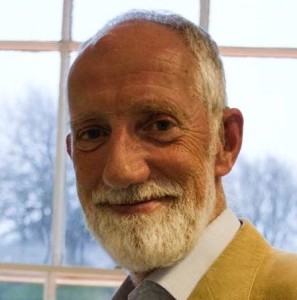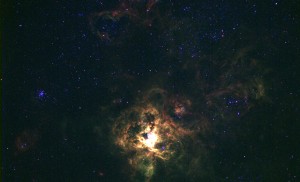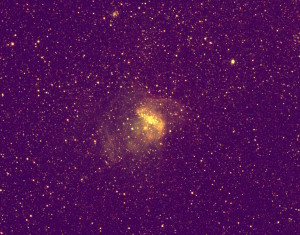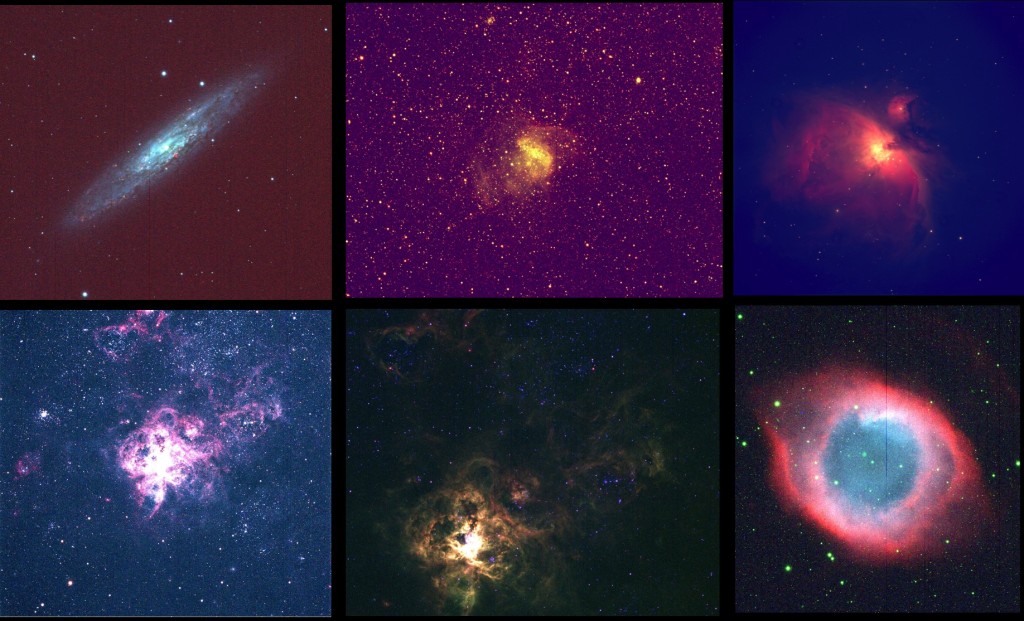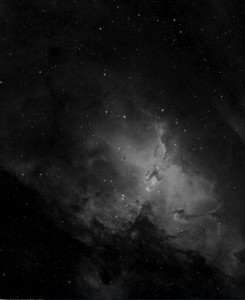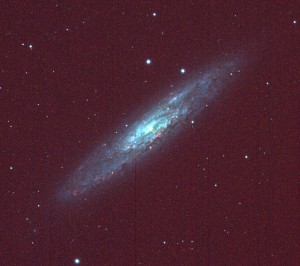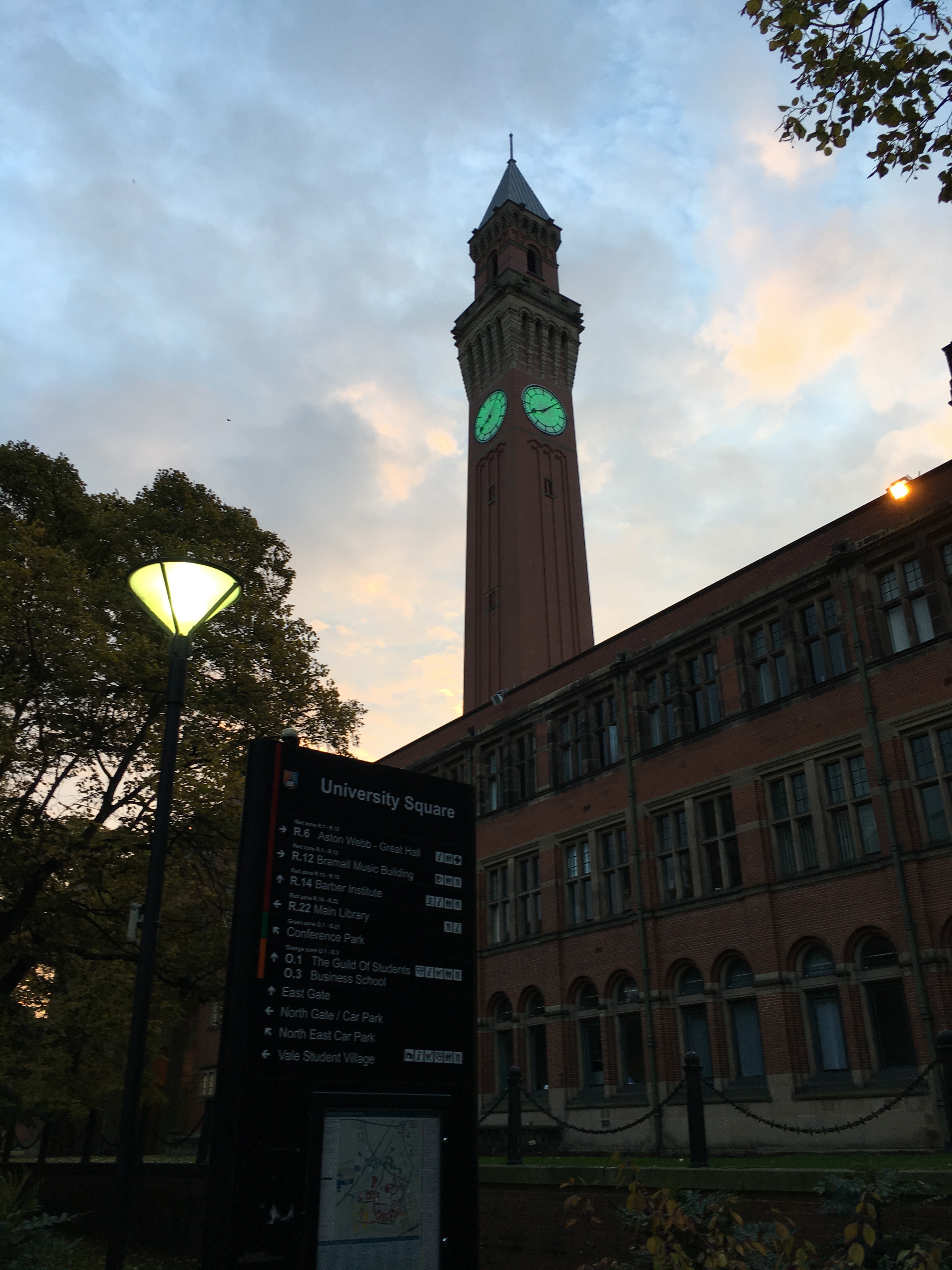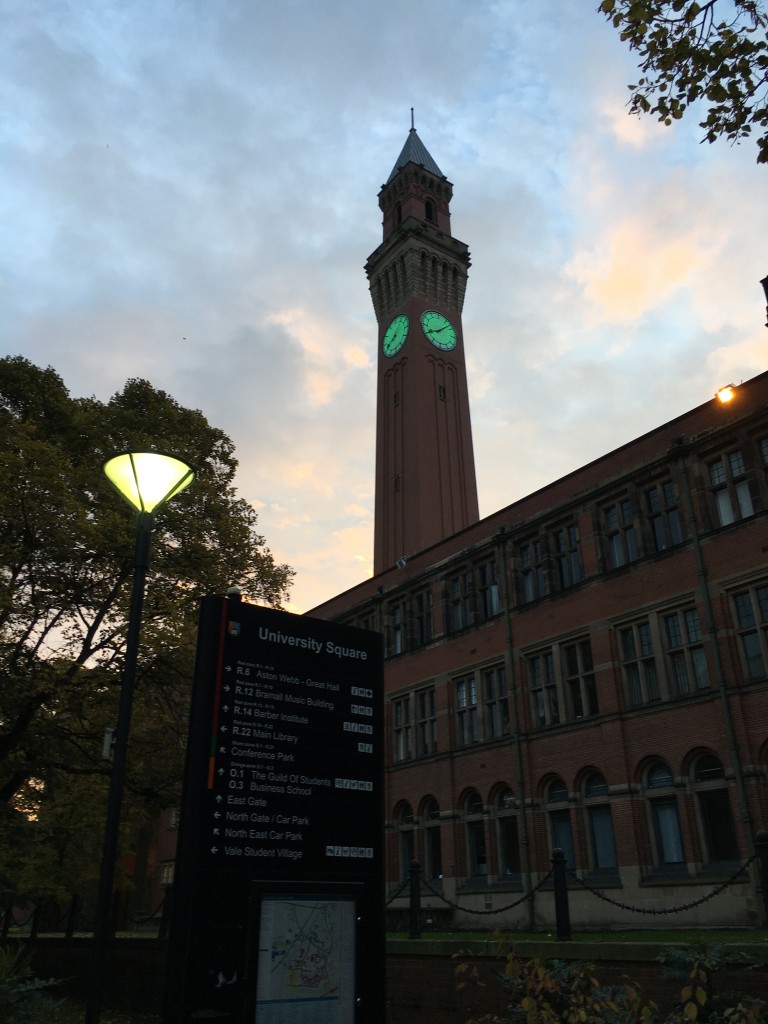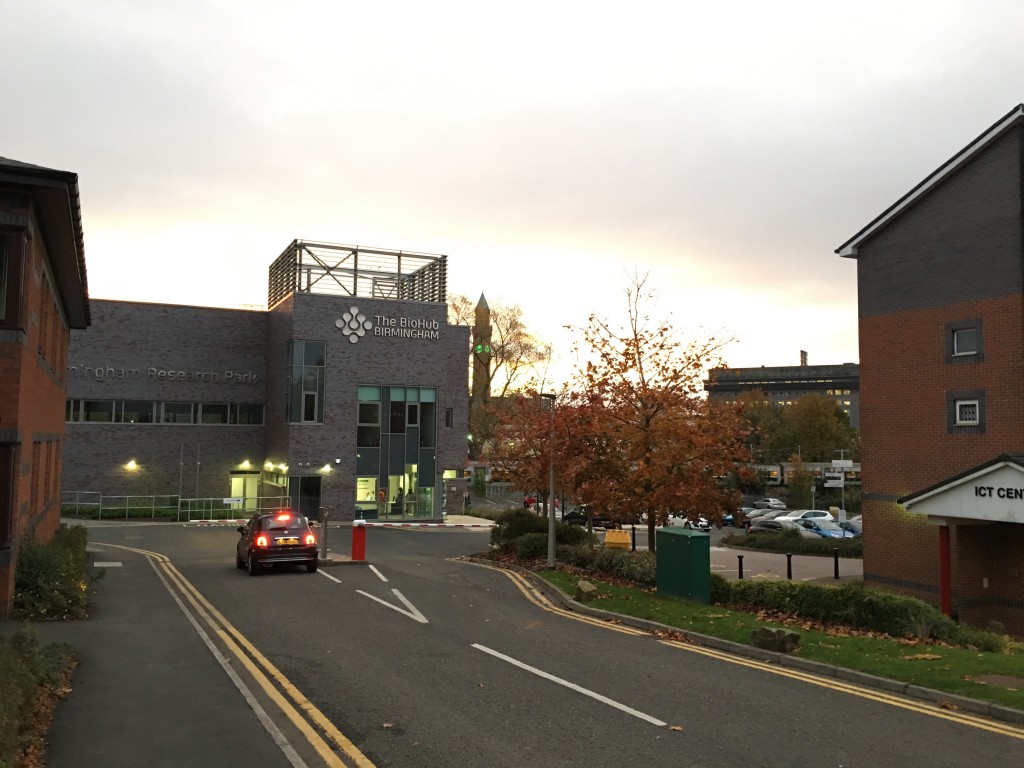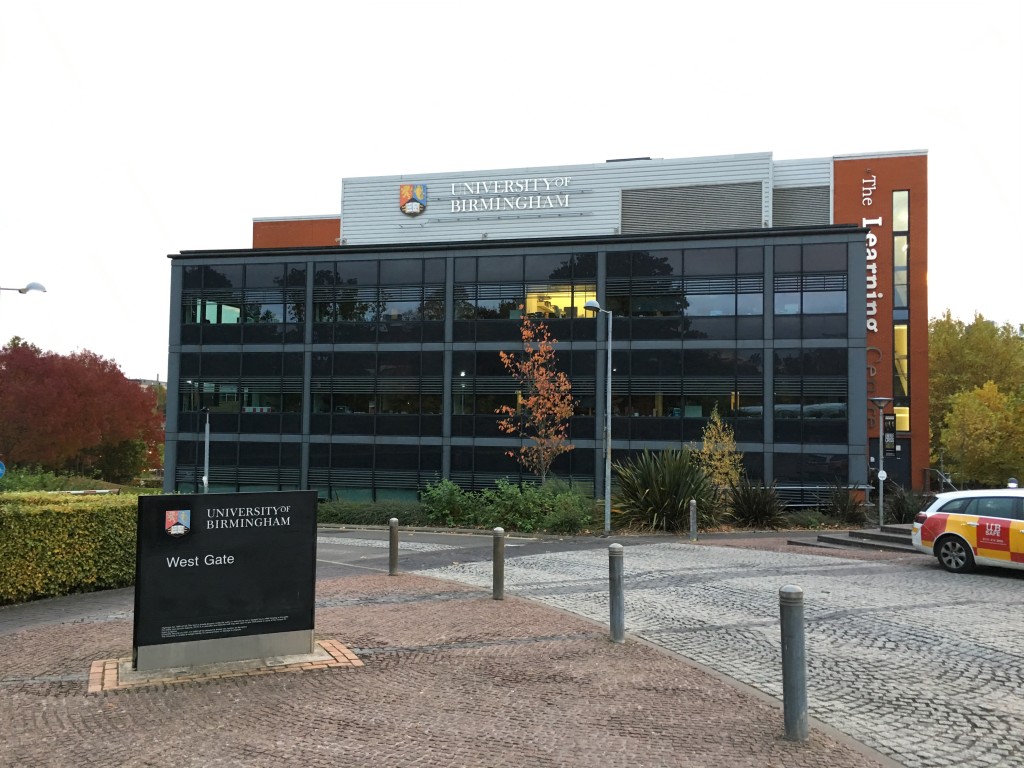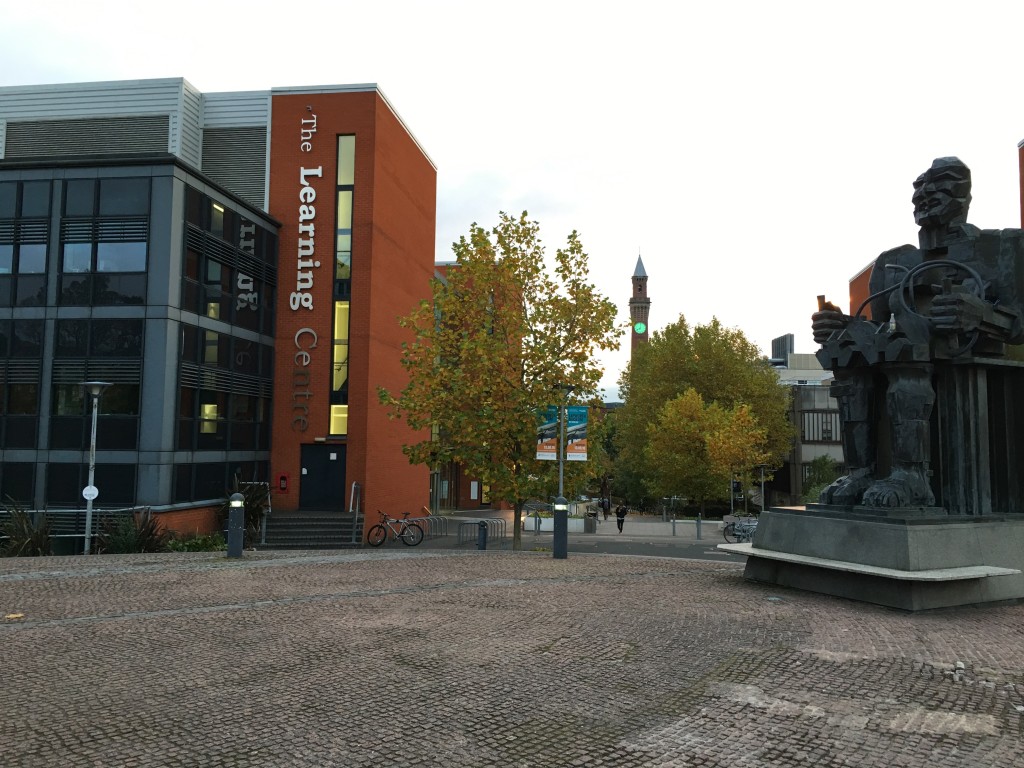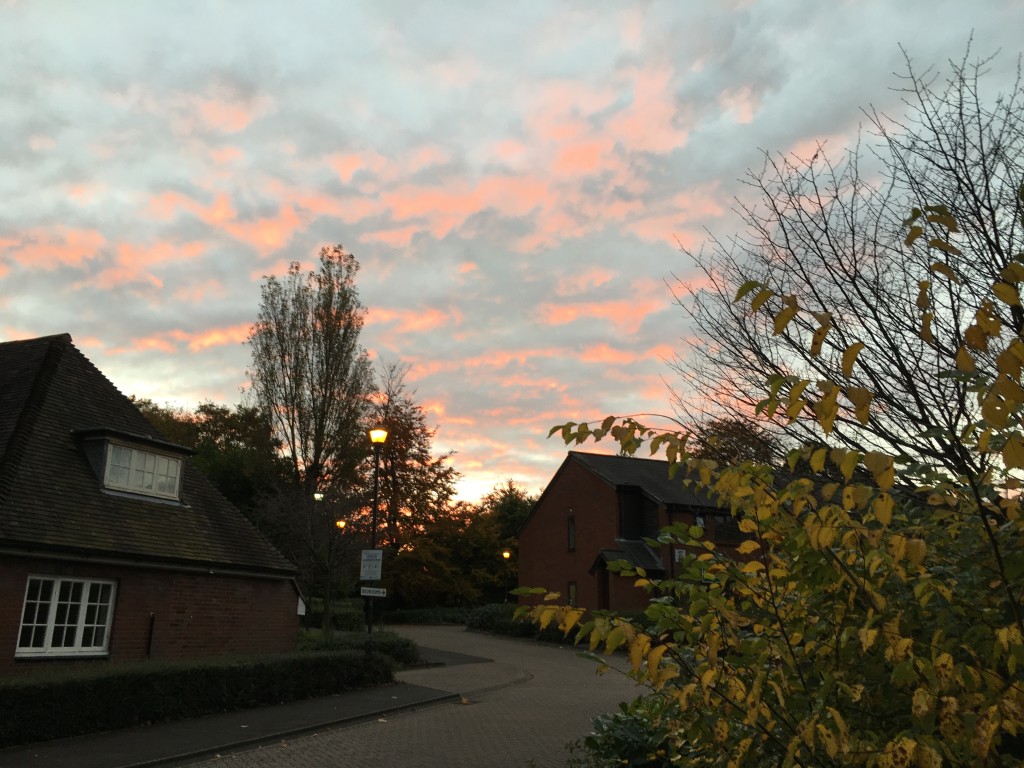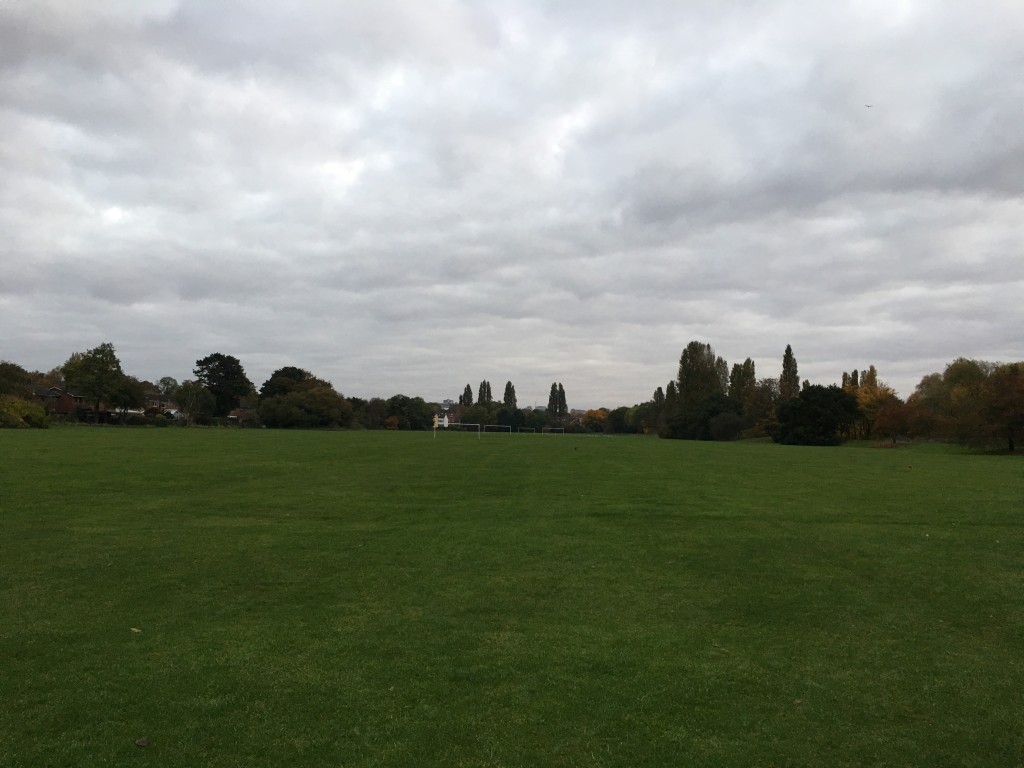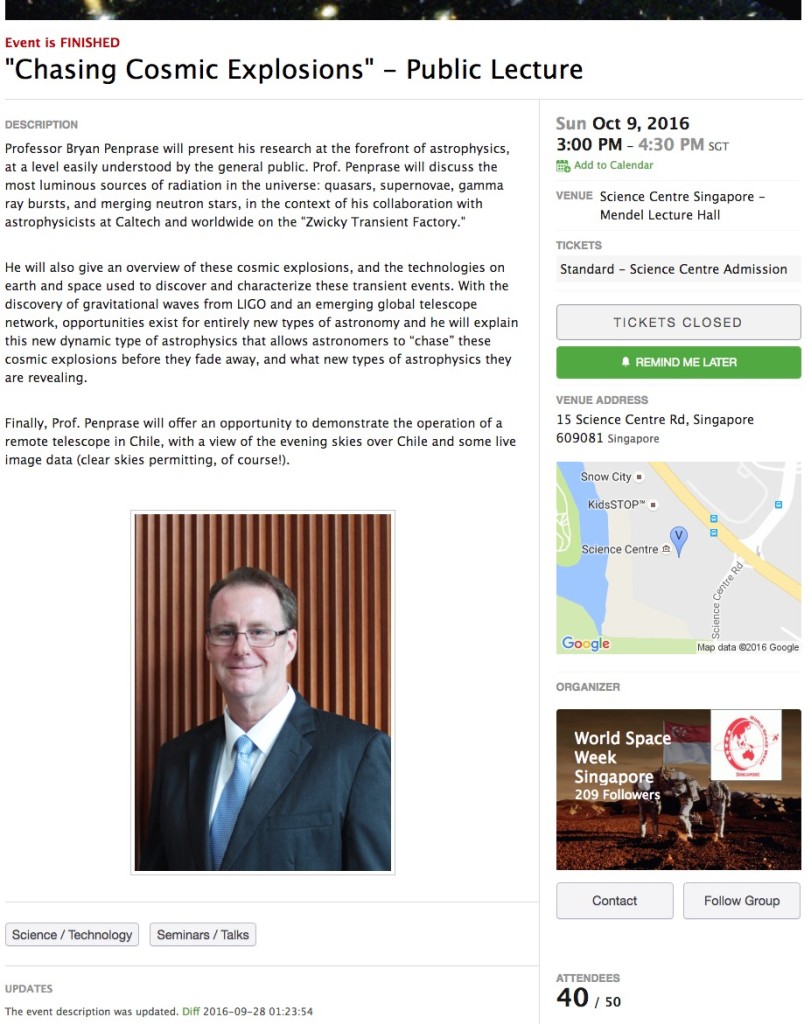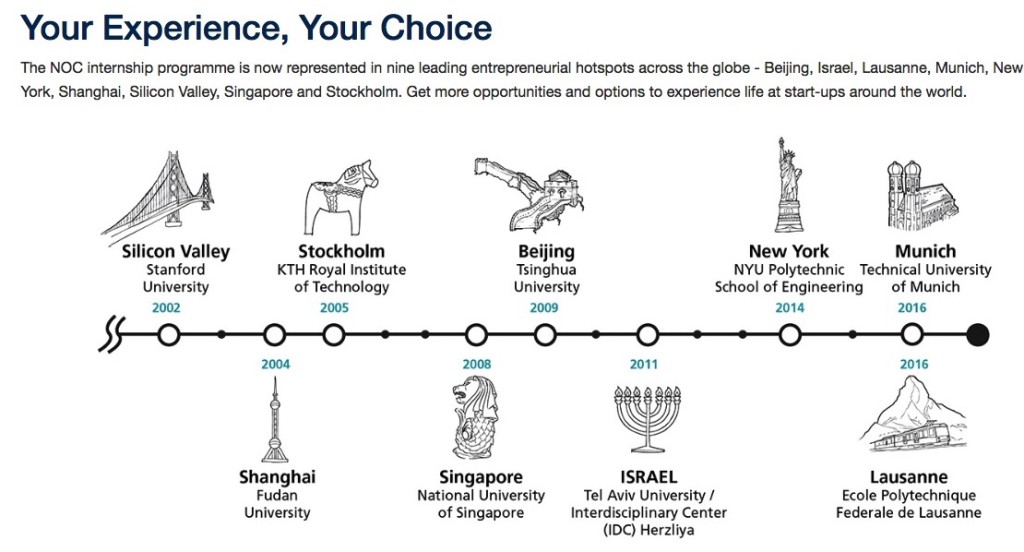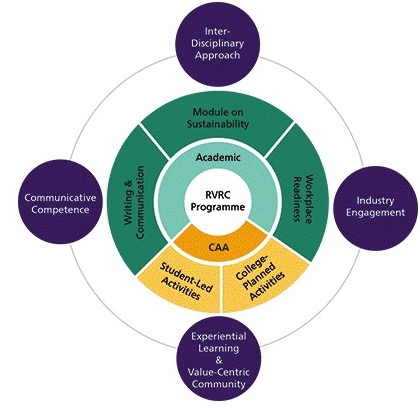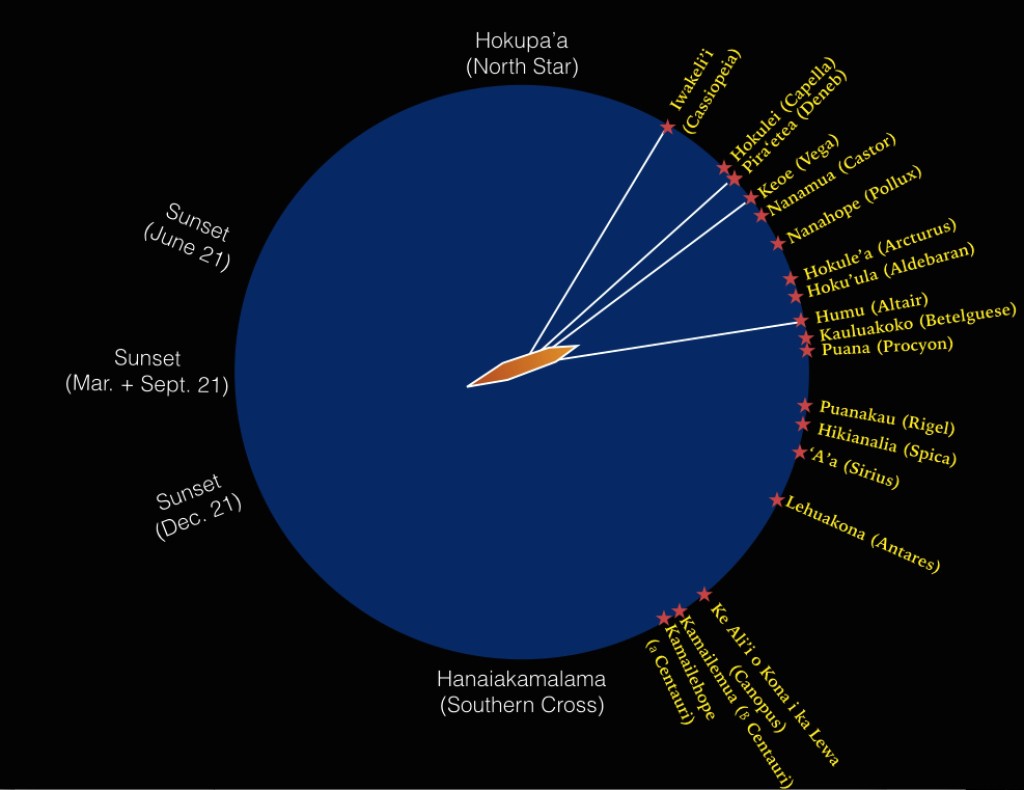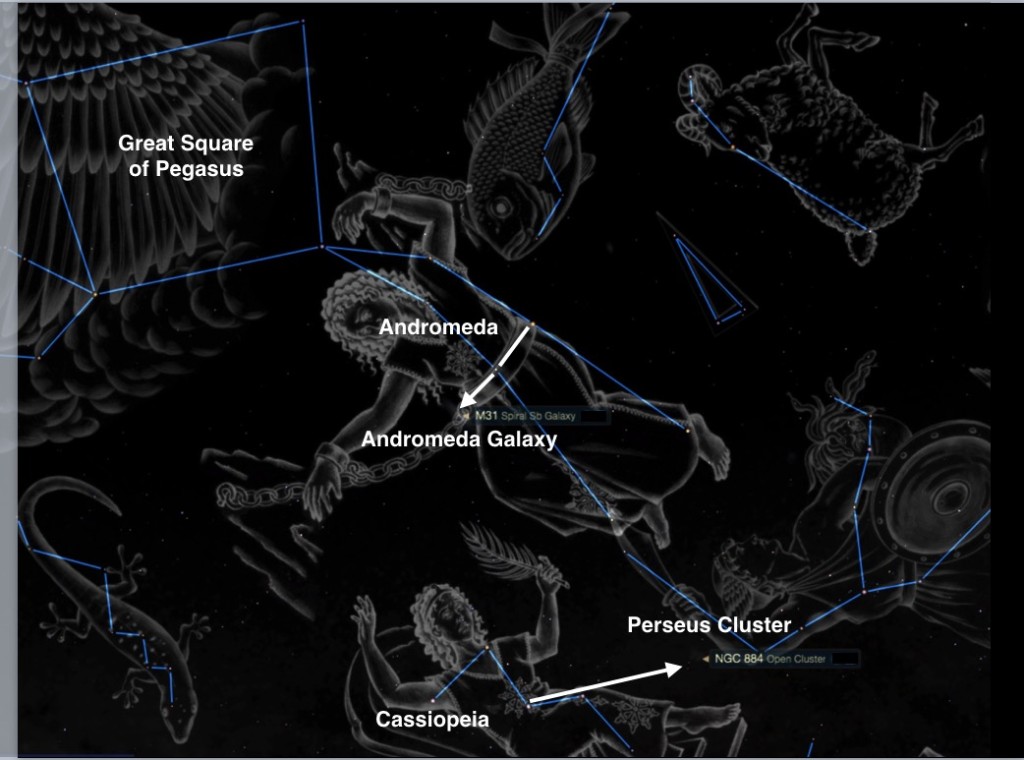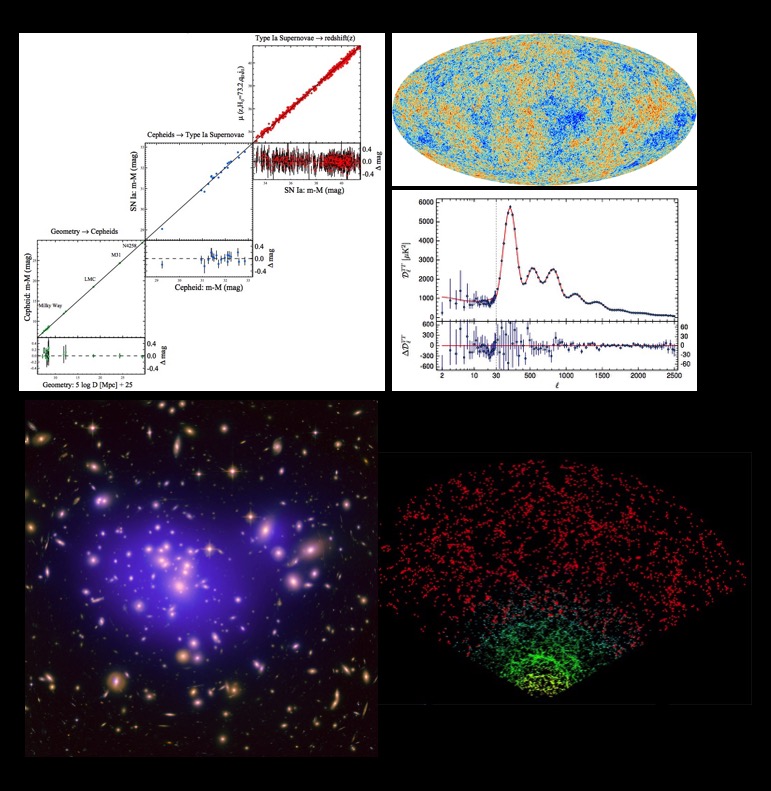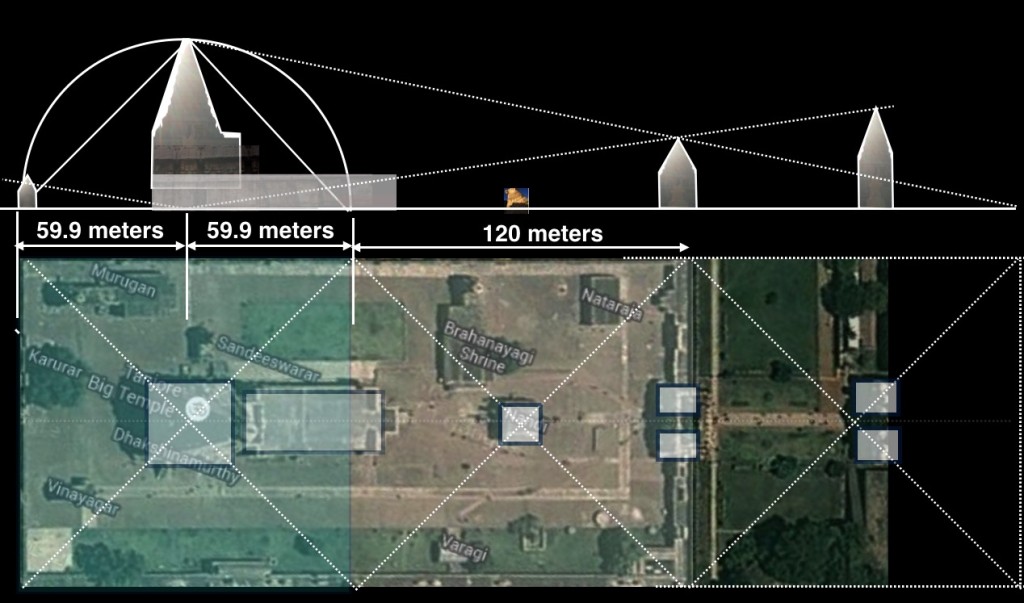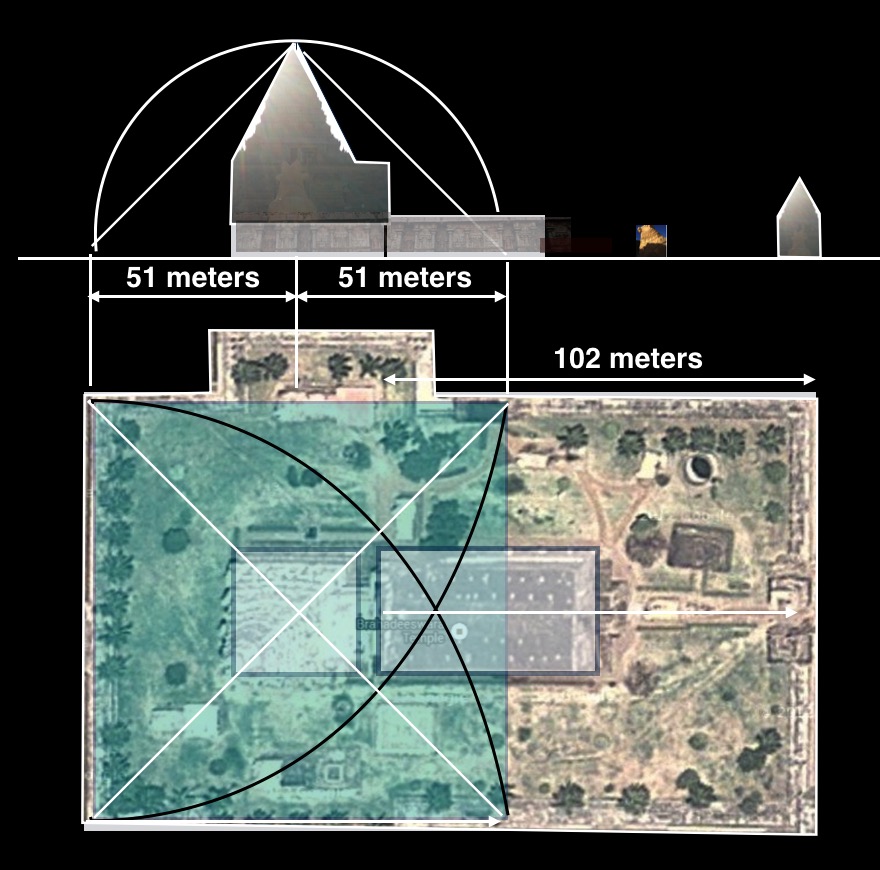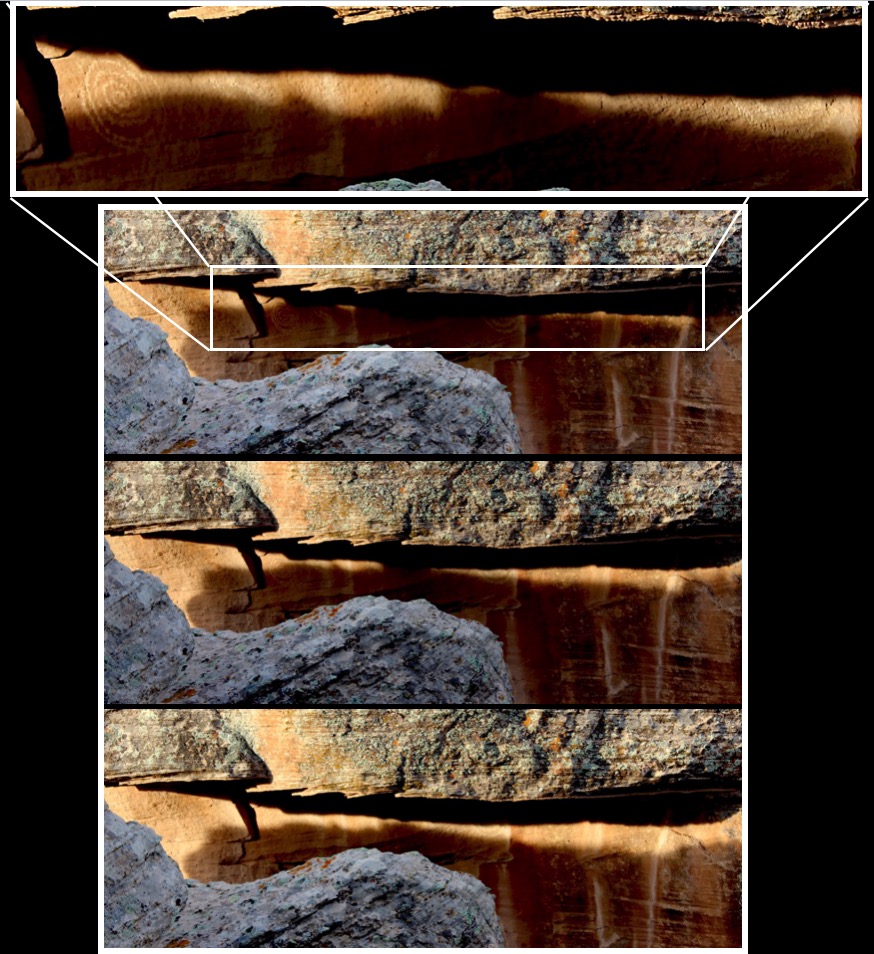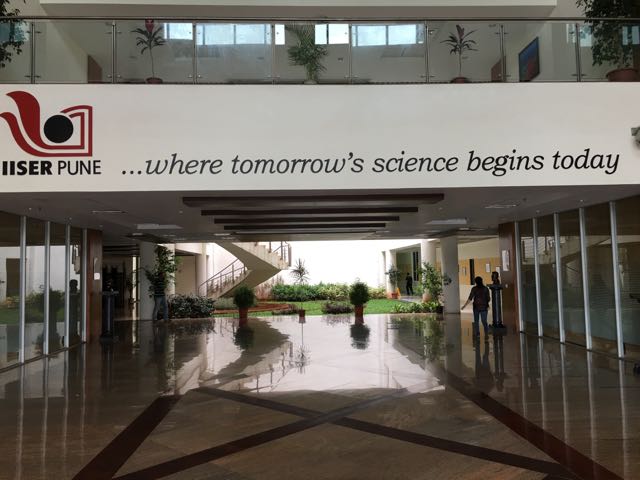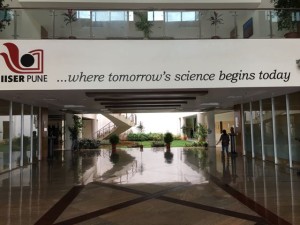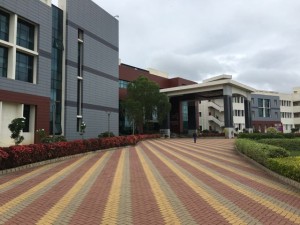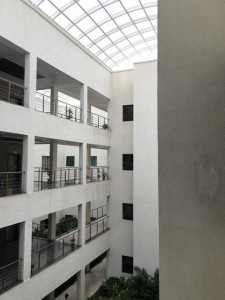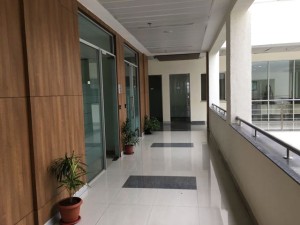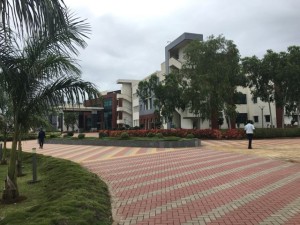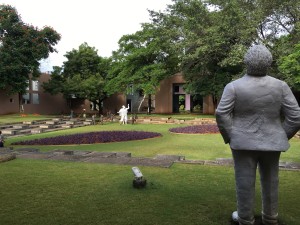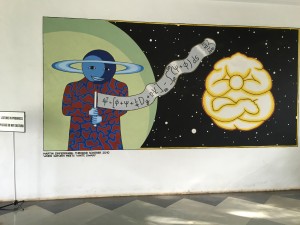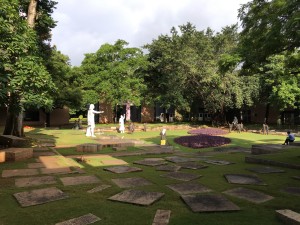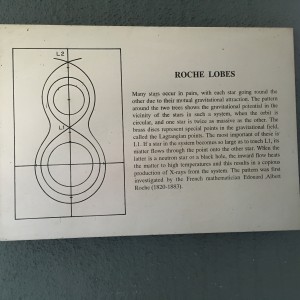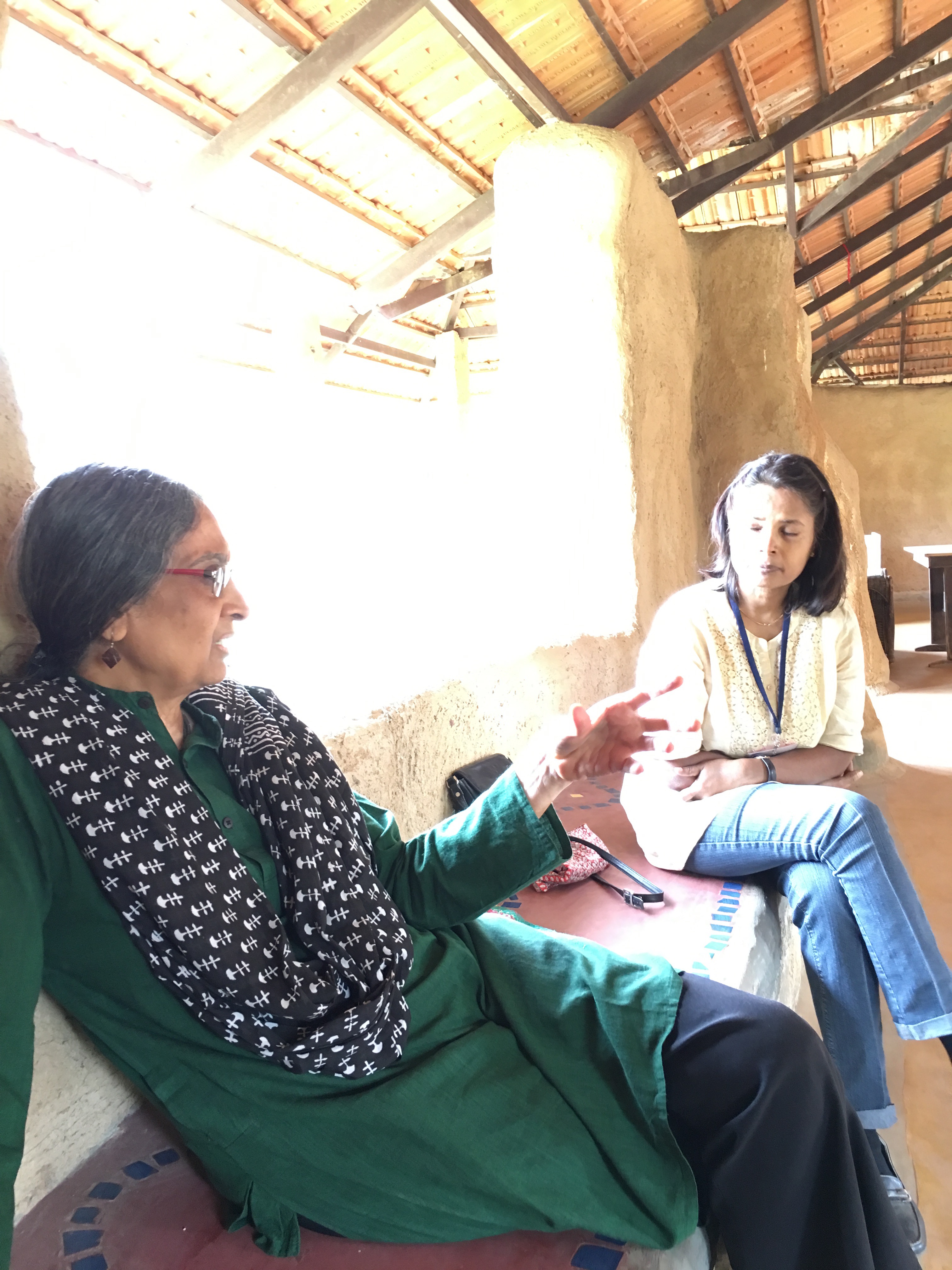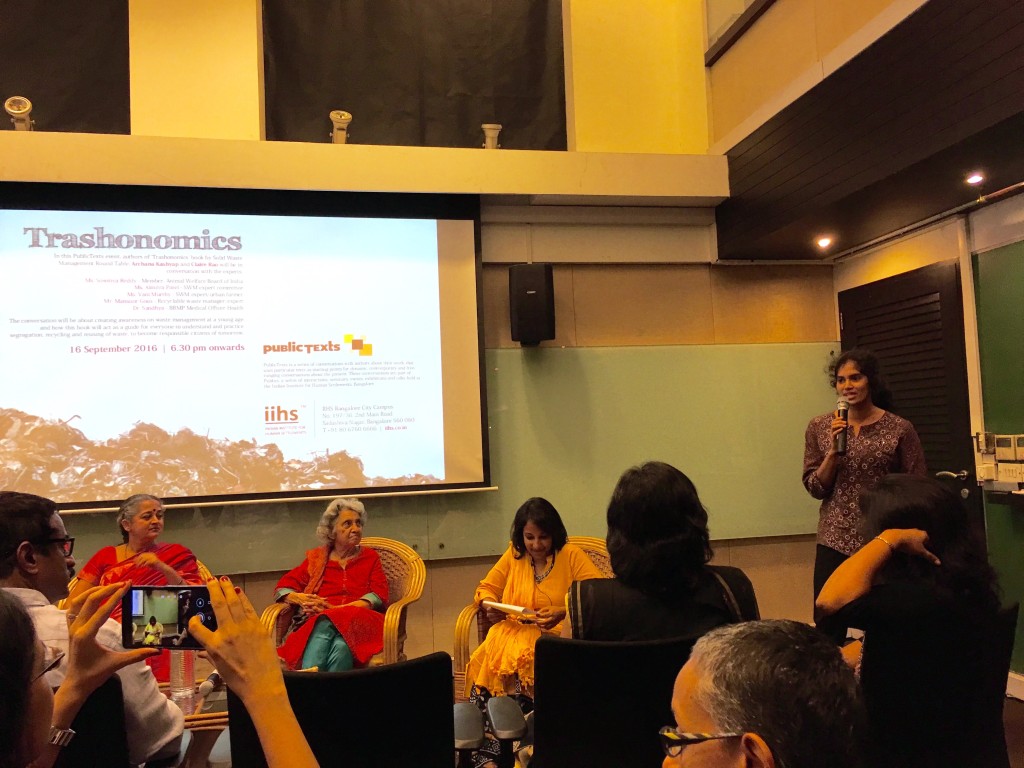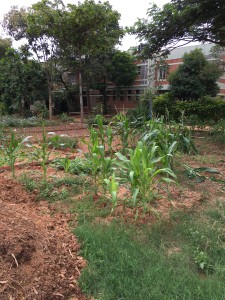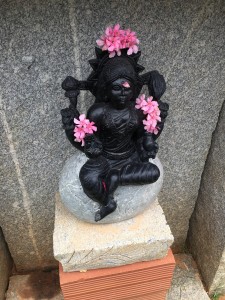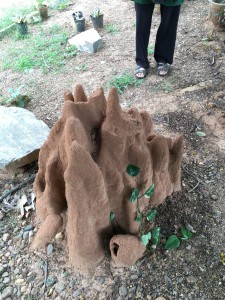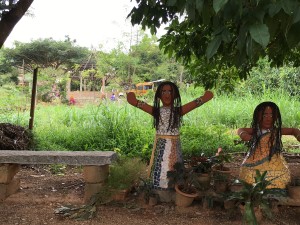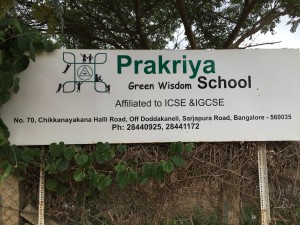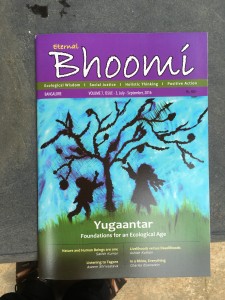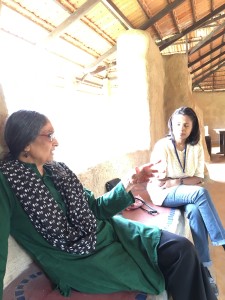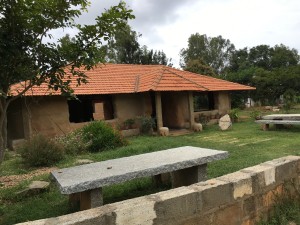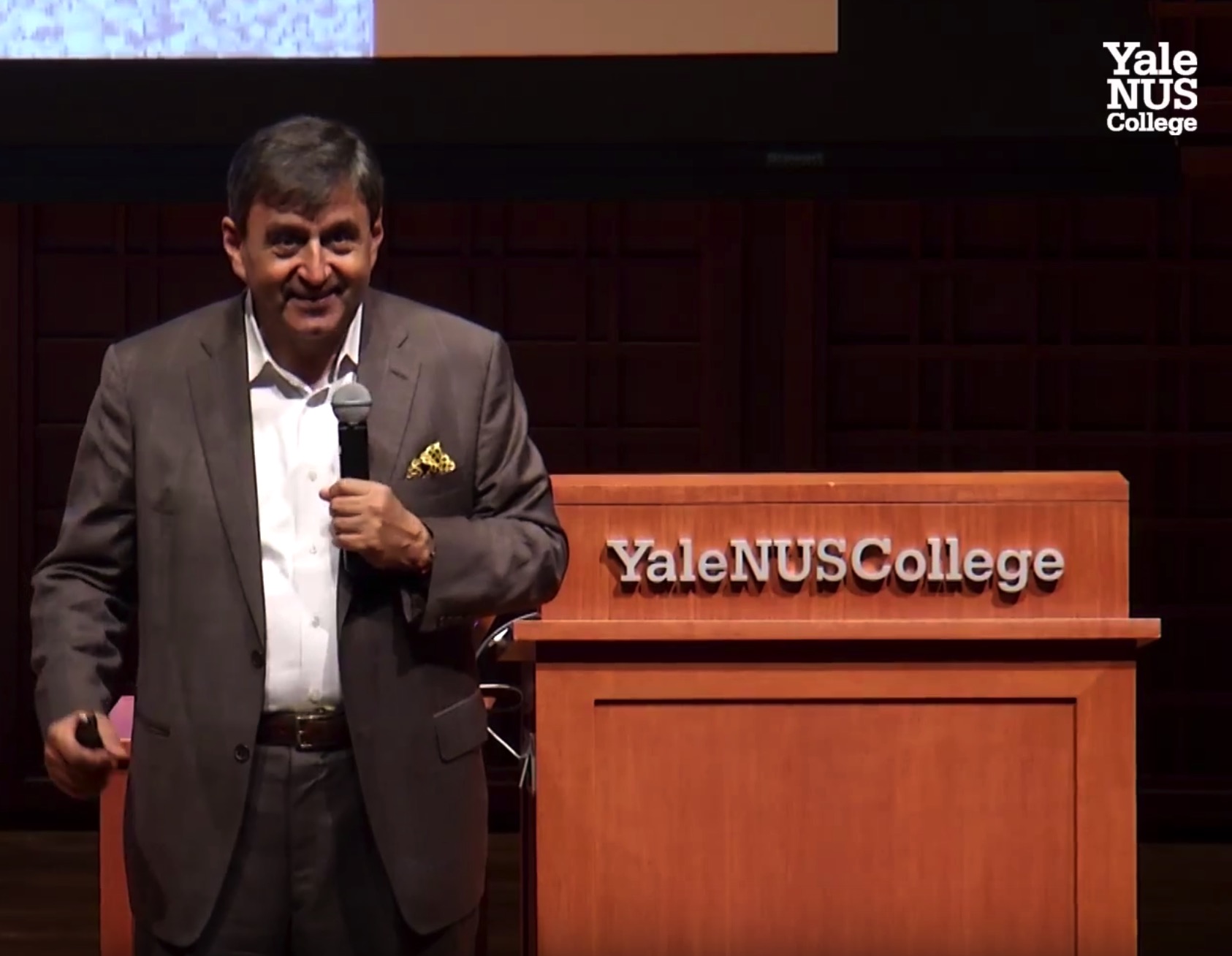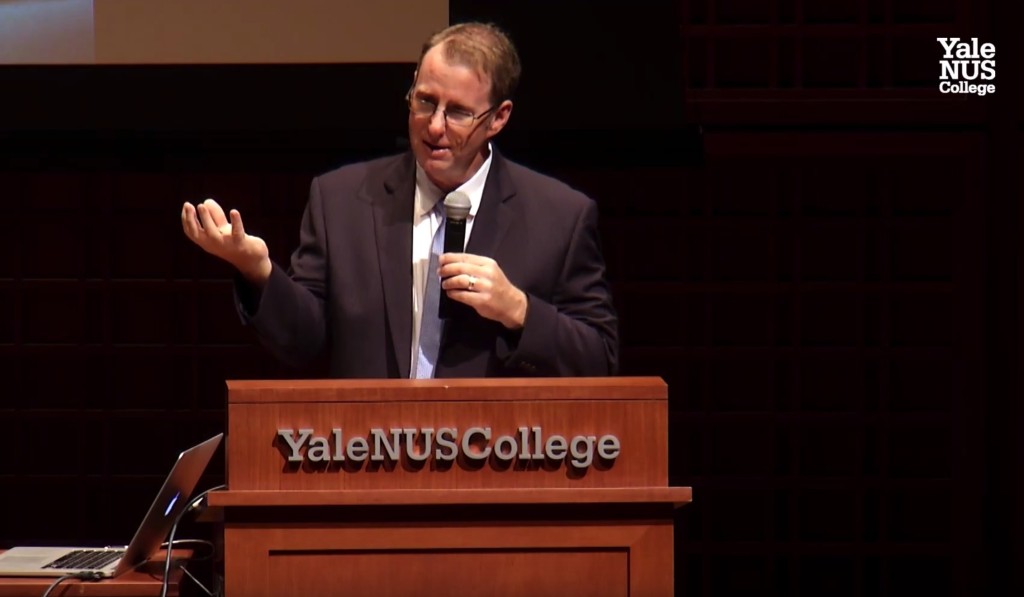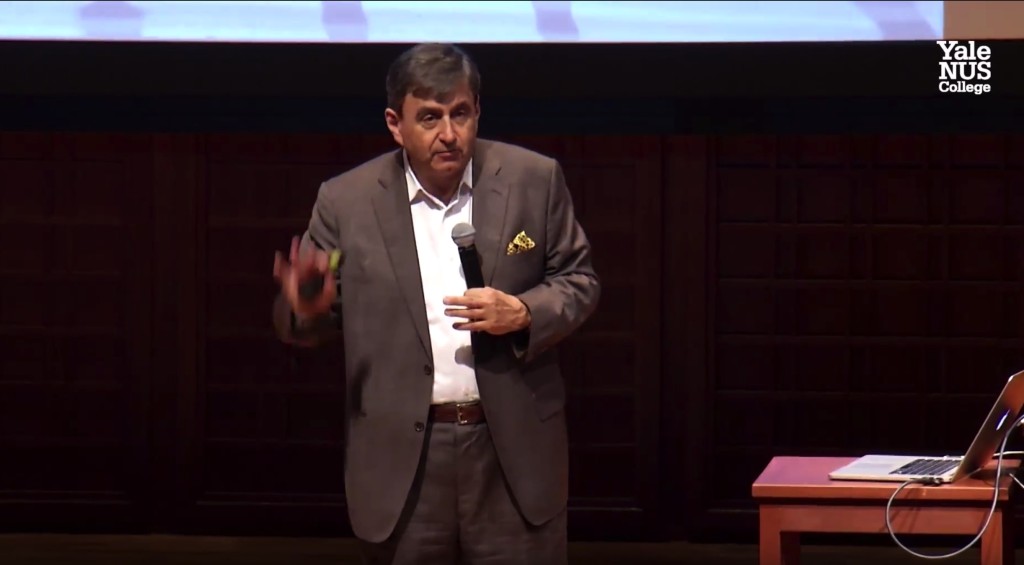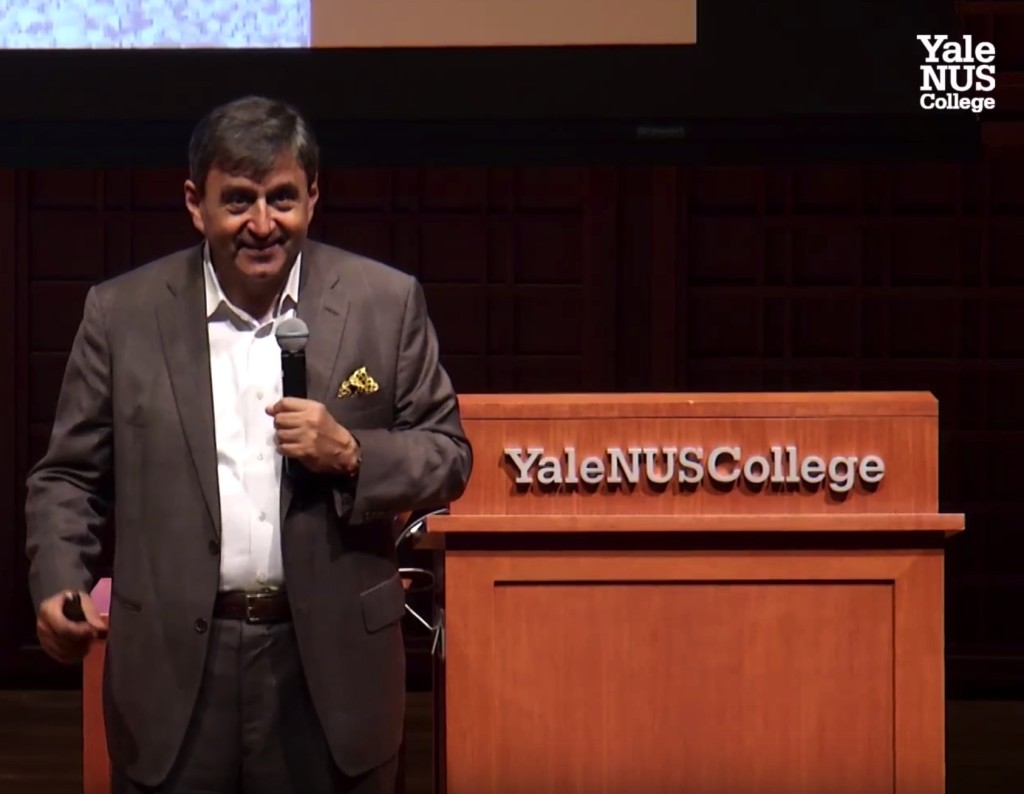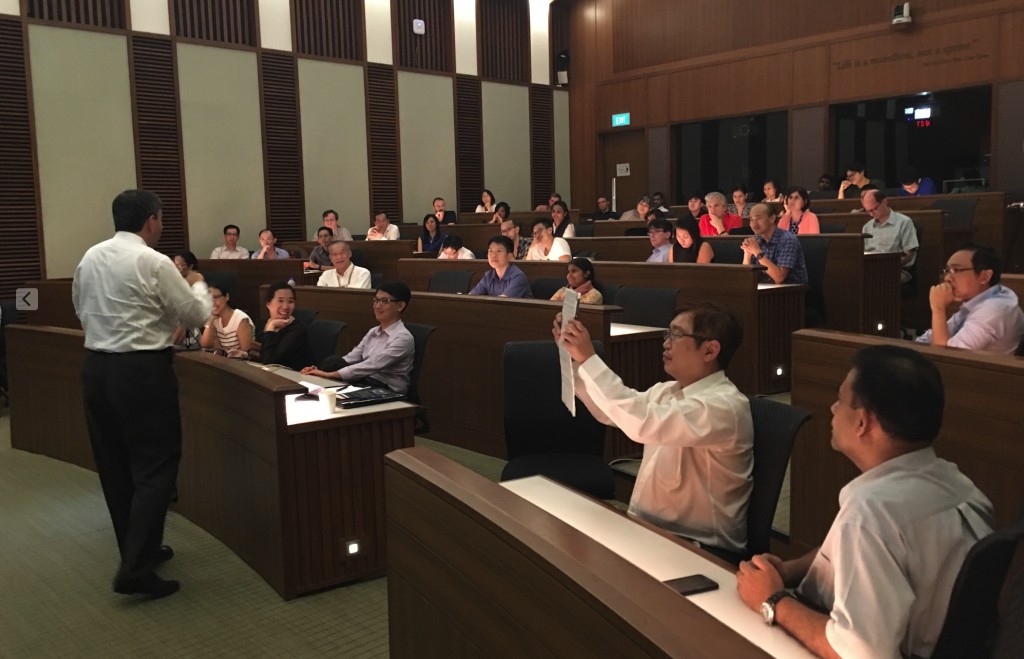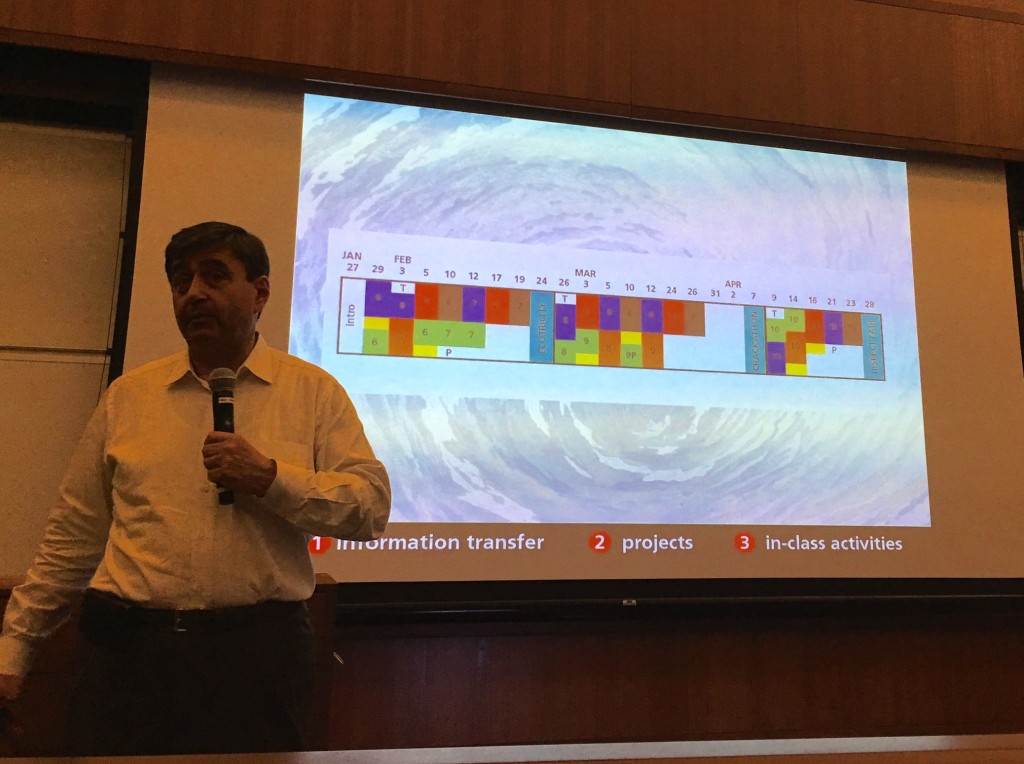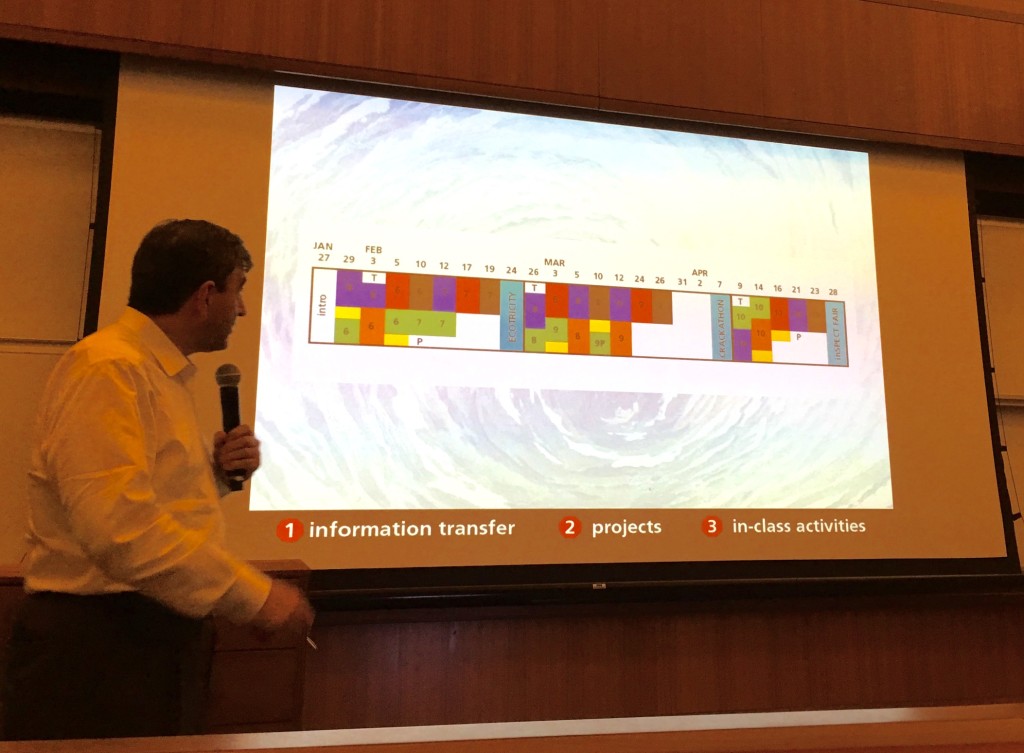As part of the NUS Teaching Academy, we receive briefings and advise the leadership at NUS. On September 22 we received a briefing from the NUS Provost Prof. Tan Eng Chye on the many initiatives that NUS has developed over the past decades. The talk was extremely interesting as it highlighted the steady increase of programs and rankings of NUS and the ways in which pilot programs in undergraduate education such as the general education, and University Scholars Program were introduced nearly 20 years ago, and have scaled up into much larger initiatives such as Yale-NUS College and the University-wide Quantitative Reasoning course. I became very interested in the history of NUS, and also how the founding of Yale-NUS College fits within the history of NUS, and its strategic interests.
This research into NUS and its history of undergraduate education innovations played a key role in a book chapter that I have written entitled “Undergraduate Education at NUS and the founding of Yale-NUS College.” This chapter will appear in a sequel to The New Flagship University, and will be produced by the UC Berkeley CSHE, and edited by John Douglass. I will post more information on this chapter when it is available. Below are a few excerpts:
The Development of NUS as a Leading Global University
The National University of Singapore, like Singapore itself, has experienced incredibly rapid growth in its physical infrastructure and international stature over the past two decades. The young city-state of Singapore just celebrated its fiftieth anniversary as a nation and in the process of fifty years has built a nation that provides the third highest per capita income in the world[1], and a vibrant and diversified economy that includes leading industries in the financial sector, high-tech manufacturing and design, biomedical research and petrochemicals, along with a large component of activity in shipping and resource management. The latest economic data from Singapore also highlights the importance of knowledge industries, since 70% of the GDP comes from service industries, and only 25% from manufacturing and construction[2]. These industries have propelled a very rapid growth in Singapore’s economy and purchasing power which outpaces nearly all of the competing countries over the past five decades. One example of this rapid growth is Real GDP per person, which has risen by over 15-fold in the last 50 years[3].
[1] World Economic Outlook Database, October 2016, International Monetary Fund. Database updated on 4 October 2016. Accessed on 6 October 2016.
[2] http://www.singstat.gov.sg/statistics/visualising-data/infographics/economy
[3] http://www.worldbank.org/
The integration between education and industry has enabled the small country of Singapore, with a population of 5.3 million (with an additional 1 million foreign workers), to leap into the top ranks in a number of emerging technical industries. Starting in the 1970’s with shipping, chemicals and high-tech manufacturing, and continuing today in electronics design, biotechnology, financial services, and materials science, the Singaporean economy has managed to be flexible to shift into new areas where there are emerging demands. Singapore’s economy has rocketed to new heights in the past decade and is now at $292 billion in GDP (2015), which exceeds its neighbor, Malaysia (a country of over 29 million, nearly six times larger in population and over 450 times more land area), and is at parity with Hong Kong (a close rival in economic performance with the benefit of full economic integration with China).
Singapore’s higher education sector also plays a role in its economic growth, and has been similarly growing in influence and prestige. Singapore’s flagship university, NUS, now in the top ranks of world universities, and with several Centres of Excellence that are leaders in niche areas of science and technology, such as Cancer Science, Quantum Technologies, Mechano-biology, and Environmental and Life Science Engineering. While no single university ranking is definitive, all of the rankings have placed NUS highly, within rapid rises in the past few years. The Times Higher Education (THE) Rankings for 2011, for example, placed NUS as 34th in the world, with especially high scores for “international outlook,” that arises from over 70 joint concurrent and double degree programmes with prestigious universities around the world. In the same year the QS rankings placed NUS at 25th in the world. By 2016 these rankings had risen to 24th in the THE rankings, and to 12th in the world in the QS rankings, and NUS now is consistently ranked as the best university in Asia with both THE and QS rankings.
The rise of NUS to such levels of prestige is even more remarkable when considered in the context of Singapore’s rise and the very recent granting to NUS (in 2005) the status of an autonomous educational institution[1], despite its status as the oldest institution of higher learning in Singapore, founded in 1905. The NUS President Shih Choon Fong played a key role in bringing about this transformation of NUS, with a complete reform of the university governance in 2006, and the development of new procedures for hiring, promoting and tenuring faculty in 2006. Prior to these reforms, NUS and the other Singaporean tertiary institutions (NTU and SMU) was administered through the Ministry of Education, and its professors were civil servants. With autonomy, NUS could provide a more traditional form of faculty governance, develop a tenure and promotion policy, and perhaps most importantly, have a free hand in innovating in undergraduate education and incentivizing excellence in research and teaching.
Along with these structural reforms in governance, the campus received ever-increasing funding, and its operating budget, facilities and salaries rose remarkably in the past 15 years. For example, in 2004, the operating budget was $1.16 billion SGD, and salaries comprised $548 million. In 2009 this rose to $1.35 billion SGD and salaries comprised $732 million. By 2015 the corresponding figures were $2.36 billion SGD, and over $1.0 billion on salaries[2]. After adjusting for inflation (which accounts for a 35-40% rise in prices between 2004 and 2015), this represents a real growth in NUS in operating budget and salary of approximately 50%; this investment in NUS and its infrastructure also provided for real increases in research productivity and teaching quality which enabled NUS to rise in its rankings. The growth of NUS in institutional reputation and financial support came with a growth in the size and quality of the faculty. In 2003, NUS had 1622 faculty, with only 12% at the Assistant rank, and 87% at the Associate and Full Professor ranks. The number of faculty increased steadily from 2003 to 2009, from strategic hires of a mix of mostly junior faculty and also internationally known senior researchers. By 2006 NUS had 1820 faculty, and this number rose to 2207 by 2009, levelling to 2374 faculty by 2014. The hiring of faculty after 2005 was enabled by the new faculty governance procedures at NUS, which enabled NUS to be autonomous in its hiring, and separate from the Ministry of Education’s civil service procedures. Along with the growth in numbers of faculty came a rise in the number of named professorships, which by 2015 included 94 named professorships made possible by benefactors, with 11 being created in 2015 alone. NUS also targeted key areas of research through its Centres of Excellence, which in 2008 included the Centre for Quantum Technologies and the Cancer Science Institute of Singapore, each of which were funded by large grants of over $150 million over 10 years. By 2014 NUS added additional Centres of Excellence that included a Mechanobiology Institute and the Singapore Centre on Environmental Life Sciences Engineering.
International partnerships also played a key role in the NUS growth and rise in global rankings, where NUS typically is ranked near the top in the THE “International Outlook” category, finishing 12th in the world in 2016. NUS now includes membership in 8 different international consortia, such as the IARU, U21, Pacific Rim Universities and Ecolas group of universities. These affiliations provide for a wide array of exchanges between faculty and students, dozens of joint degree programs, and hundreds of international research collaborations..
[1] https://www.moe.gov.sg/media/press/2005/pr20050412.htm
[2] http://www.nus.edu.sg/annualreport/
The Founding of Yale-NUS College
The Yale-NUS College is a case study in the convergence of an internationalizing strategy from a major US University (Yale), and a recognized need for a new form of undergraduate education from the partner host country (Singapore) within the context of a rising flagship National University (National University of Singapore). As such, the Yale-NUS College is from the outset designed to meet the overlap of strategic needs of both Yale and NUS. A true partnership of these two universities provides the potential for a long-term stability that other “branch campus” initiatives may find harder to achieve. The tireless efforts of many leaders made the founding of Yale-NUS possible, and key figures from Singapore included NUS President Shih Choon Fong and NUS President Tan Chorh Chuan, MOE Minister Tharman Shanmugaratnam, and NUS Vice President Lily Kong. From Yale University the key founders included Richard Levin, Yale’s President, Charles Bailyn, the inaugural Dean of Yale-NUS College, and Pericles Lewis, the first Yale-NUS College President, along with a group of inaugural faculty.
Like many initiatives in Singapore, the roots of the Yale-NUS College and liberal arts arose from a concerted strategy that involved leaders at the highest levels of government. A government report from the Committee on the Expansion of the University Sector in 2008 outlined the need for a liberal arts college in Singapore. Within the report is the finding that:
“The Committee has identified liberal arts education as a valuable addition to our university landscape. We believe that liberal arts education serves to develop independent thinkers, effective communicators and potential leaders for the future… Liberal arts education is characterised by broad-based, multi-disciplinary learning, high-quality teaching and intensive interaction among students and with faculty members. The introduction of liberal arts education will help us offer an intellectually invigorating environment and an additional avenue to develop independent and critical thinkers who can go on to become leaders in the economic, social and political fields.”[1]
The current President of Singapore, Tony Tan, also came out strongly for liberal arts in several speeches. In 2010, while Executive Director of the Singapore Investment Corporation, he noted that the British-based educational system dominant in Singapore had “served Singapore and Singaporeans well” but that the American liberal arts may be why the United States economy is “more dynamic and entrepreneurial” when compared to European ones, and that the American system “fosters a readier acceptance of change and a greater willingness to take risks.”[2]In the United States, Yale’s President Richard Levin was also working towards a vision of an international campus. Richard Levin had a vision for Yale’s “Fourth Century” as a time when Yale would expand internationally, to become a truly global university. In 1996, in a speech entitled “Preparing for Yale’s Fourth Century,” Levin noted that becoming global was the necessary next step for Yale in its mission to advance undergraduate education, and educate the next generation of leaders:
“Yale is one of the very few universities in the world with the tangible assets, human resources, and internal culture to make possible simultaneous dedication to the preservation, transmission, and advancement of knowledge. … Two such characteristics warrant reaffirmation as we develop a strategy for our fourth century. First, among the nation’s finest research universities, Yale is distinctively committed to excellence in undergraduate education. Second, in our graduate and professional schools as well as in Yale College, we are committed to the education of leaders. Beyond these commitments, we must recognize that the leaders of the twenty-first century, in virtually every calling and profession, will operate in a global environment. To prepare our students for leadership, our curriculum needs to focus increasingly on international concerns; our student populations must have strong international representation, and our students should have ample opportunities for study abroad. Indeed, we will continue the transformation of Yale, begun in the eighteenth century, from a local to a regional to a national and now to a truly international institution — international in the composition of its faculty and student body as well as in the objects of its study.”[3]
In 2001, as part of the celebrations for its 300th birthday, Yale launched its “Fourth Century Initiative” based on Yale’s natural progression toward internationalization. By 2001, the World Fellows Program had already been created to bring students from across the globe to New Haven to study international issues. A Progress Report on Internationalization of Yale from 2005-2008 reported the rapid expansion of international programs for undergraduates, with the largest growth coming from a combination of new international summer internships (in 28 countries) and summer study at campuses from the International Alliance of Research Universities (IARU), a consortium of leading world universities that includes Yale, Oxford, Cambridge, NUS, ETH Zurich, Peking University, UC Berkeley, University of Copenhagen, University of Tokyo, and the Australian National University[4]. During this period, Yale created many new student exchanges, sent increasing numbers of students abroad, expanded international student enrollments in Yale College, and strategically hired faculty with expertise in international fields. Additional international programs expanded rapidly from 2005-2008, such as training classes for senior government officials in China and India, and extensive research collaborations with China (such as biology research at a Peking-Yale joint center, and nanotechnology at Yale-Beida center), and a proposed Yale Institute of the Arts in Abu Dhabi. The Yale International Framework of 2009 listed some initiatives with Singapore (virtual classrooms, a jointly taught summer course at NUS with Yale and NUS faculty and students, and projects on tropical forestry in Singapore), but the liberal arts college in Singapore was not yet part of Yale’s extensive international strategy.[5]
Meanwhile, the National University of Singapore had been developing its own vision for a liberal arts college, years before approaching Yale with the idea. The NUS President from 2000-2008, Shih Choon Fong, was an enthusiastic backer of the liberal arts, and sought partners for a stand-alone liberal arts college that could be based in Singapore. Among the potential partners for this college approached were the Claremont Colleges, who were invited into negotiations for a partnership to create a sixth Claremont College in Singapore. The Claremont College presidents, delegations from Singapore, and committees of faculty from both Claremont and NUS discussed the ideas at length in 2008 and 2009. These discussions produced the document entitled “Claremont in Singapore” that described the new college. After hosting a delegation of Presidents from the various Claremont Colleges in 2008, President Fong was excited about the opportunity for a new liberal arts college to develop a “learning and living environment that seeks to catalyze a transformational experience for students.” At that March 2008 dinner, President Shih said to the group of assembled leaders from the Claremont Colleges and NUS:
“My colleagues and I are fortunate that through this academic outreach, we have enjoyed the opportunity to learn more about the Claremont Colleges and your diverse accomplishments, particularly in the liberal arts, science, business and the arts. Both the Claremont Colleges and the Singapore’s universities seek to prepare our students for the global economy, equipping them with a competitive edge in our culturally complex world.”[6]
[1]https://www.moe.gov.sg/media/press/files/2008/08/ceus-final-report-and-exec-summary.pdf
[2] http://newshub.nus.edu.sg/news/1004/PDF/TONY-bt-9Apr-p12.pdf
[3] Levin, R.C. Preparing for Yale’s Fourth Century. 1996; Available from: http://communications.yale.edu/president/speeches/1996/11/03/preparing-yales-fourth-century
[4] International Alliance of Research Universities. Members. 2013; Available from: http://www.iaruni.org/about-us/members.
[5] Yale University. Yale International Framework – Yale’s Agenda for 2009 through 2012. 2012; Available from: http://world.yale.edu/sites/default/files/files/Yale_International_Framework_2009-2012.pdf
[6] National University of Singapore Newshub. Claremont and NUS: Building Bridges Across Disciplines, Cultures and Continents. 2008; Available from: http://newshub.nus.edu.sg/ke/0804/articles/pg09.php
Some other interesting excerpts from NUS web sites and figures are below – taken from NUS publicly available materials.
Timeline of Innovative Programs at National University of Singapore (from NUS web-based sources):
Special programme in Science – 1996
Core Curriculum 1998
The GE curriculum consists of modules that cut across the wide range of disciplines that a comprehensive university offers. It encourages students to explore disciplinary practices and thinking in the humanities, social sciences, sciences and engineering sciences. The GE curriculum also engages all students in discussions about the social, cultural, scientific, and historical topics that will, at the same time, lay the foundations for important life skills such as critical thinking, communication, and reasoning. In a nutshell, the NUS GE curriculum aspires to inculcate the habits or qualities of mind that define a successful graduate.
GE consists of five pillars:
- Human Cultures
- Asking Questions
- Quantitative Reasoning
- Singapore Studies
- Thinking and Expression
All students (except those from the Faculties of Dentistry and Law, and the School of Medicine) are required to read and pass five GE modules, one from each pillar. Students are strongly encouraged to complete the GE modules within the first two years of their candidature.
SEP – 1999 Student Exchange Programme
University Scholars Program 2002
The University Scholars Programme is an interdisciplinary academic programme for NUS undergraduates. It offers students in this programme the freedom to explore across disciplines, a wide range of extracurricular and overseas opportunities, and a community of exceptionally motivated and talented students. Science students wishing for a more vibrant science education may want to consider this programme. Students enrolled on this programme will also get the chance to be enrolled on the
Joint Degree Programme with the Australian National University or the
Double Degree Programme with Waseda University.
NUS Overseas Colleges 2001
Choose to spend a full year or half year of your undergraduate life working and studying at our partner universities all at the same time – you get to decide what’s best for you!
Full Year Programme (for Undergraduates)
Feel the buzz of creative energy and experience the rollercoaster ride of emotions as companies are founded, bought and sold. Our one-of-a-kind full year internship programme places interns in dynamic entrepreneurial hubs around the world. Take classes at prestigious universities such as Stanford, Fudan, Tsinghua and the Royal Institute of Technology (KTH). Interact with famous startup founders, angel investors and other inspiring role models to learn the secrets of their success.
Short Programme (for Undergraduates and Graduates)
Transform your mindset. Get a short but intense immersion in Innovative Israel and Beijing. Experience life at a start-up and immerse yourself in all the exciting opportunities.
Duke NUS and ESP 2006 – ENgineering Science Programme
DCP and GEP 2009 – Design-Centric Programme + Global Engineering Programme
U Town RC 2011
Yale-NUS College – 2013
RVRC and Global Studies 2014 – Ridge View Residential College
Centre for Future Ready Graduates – CFG “Roots and Wings”



